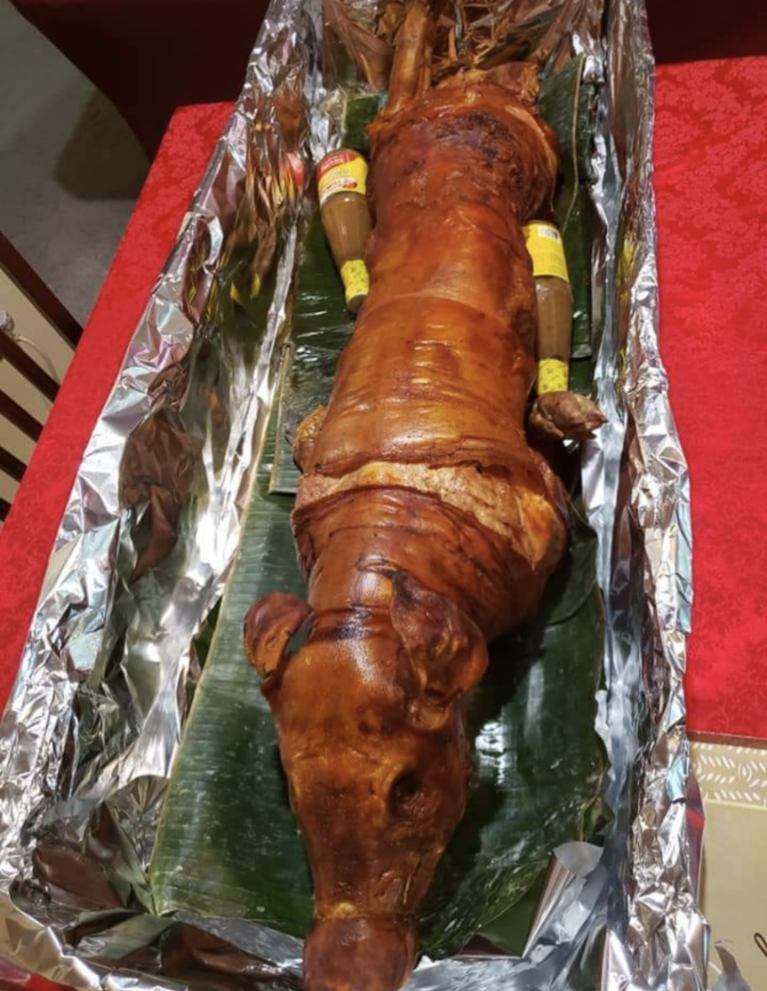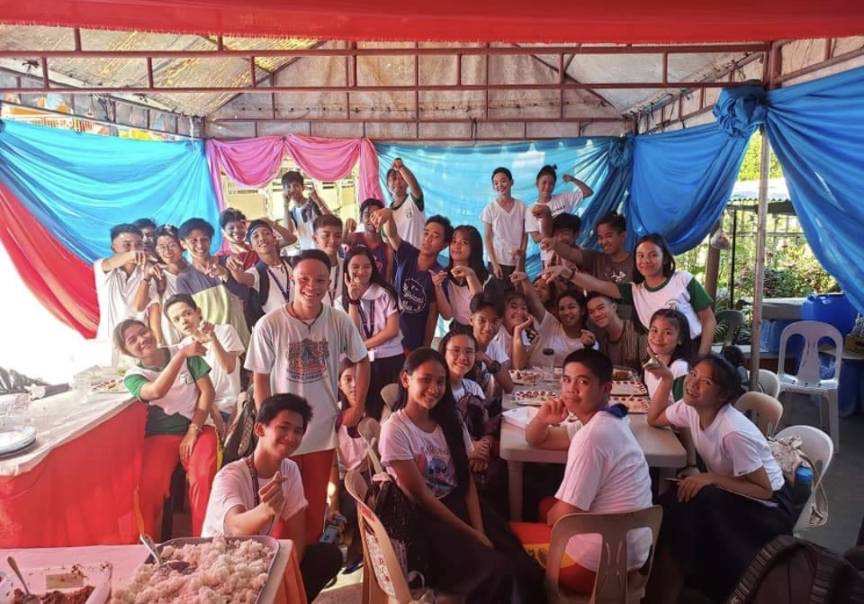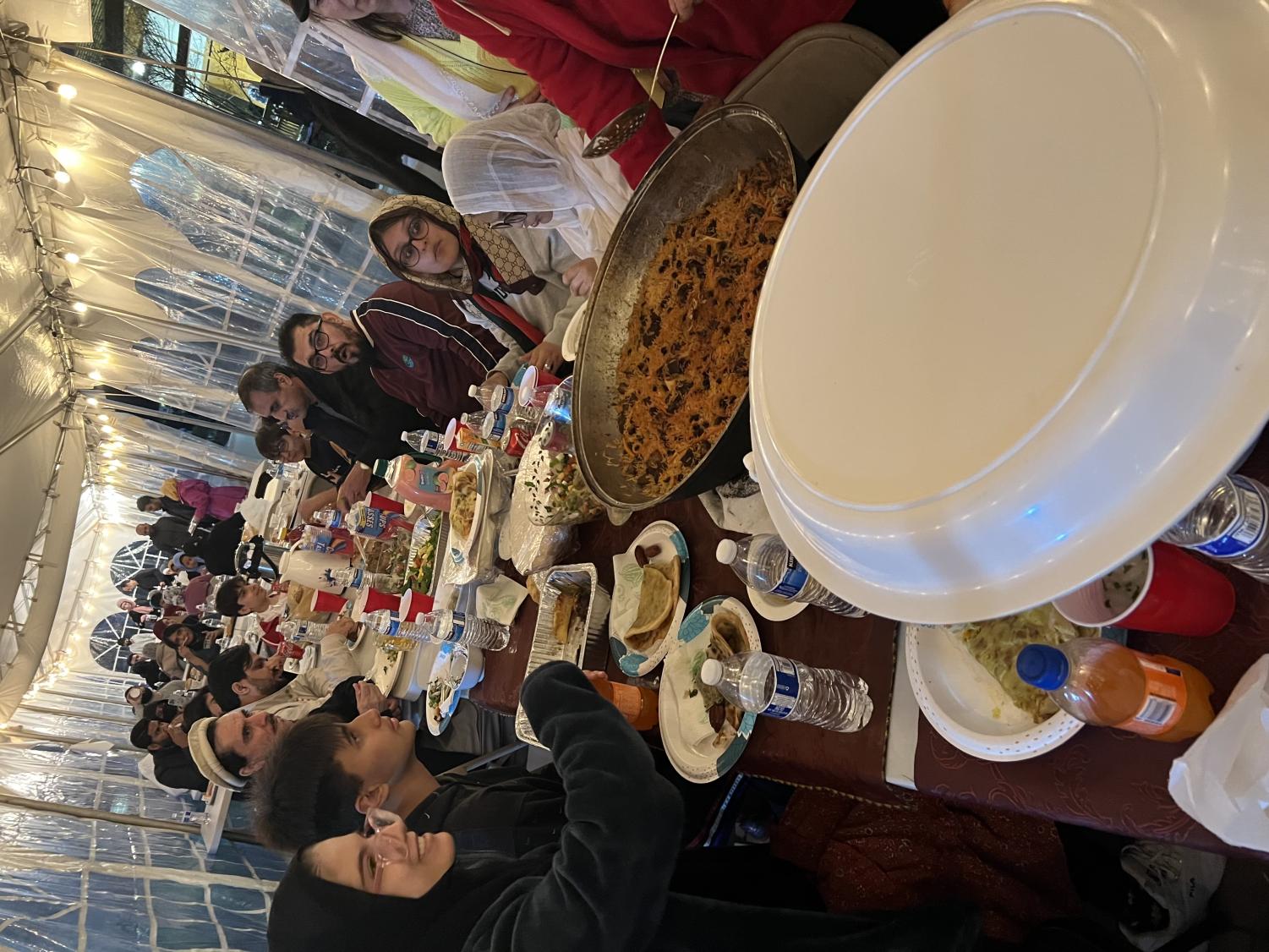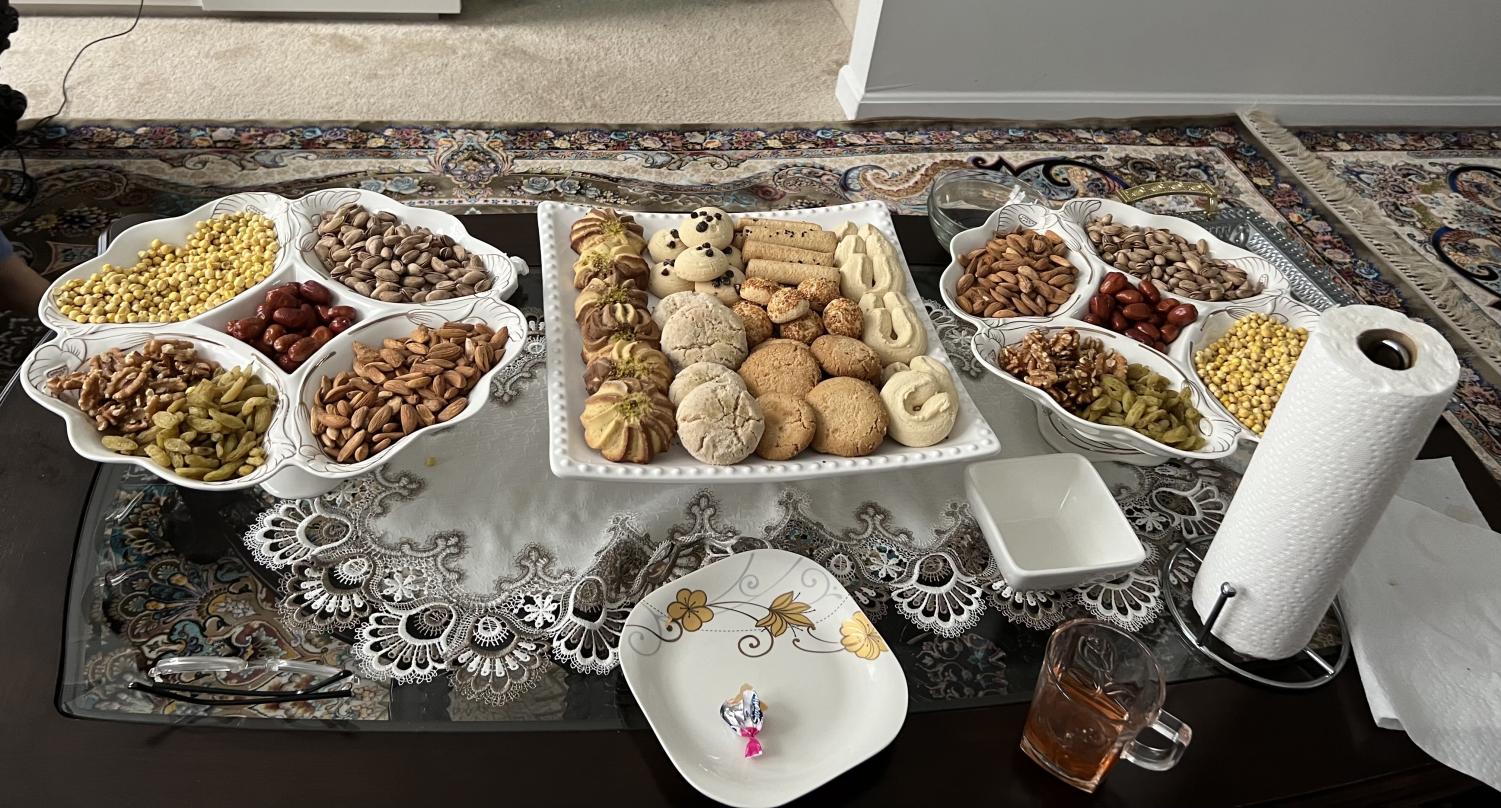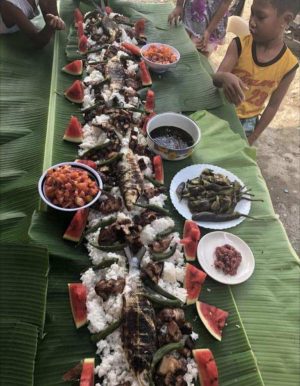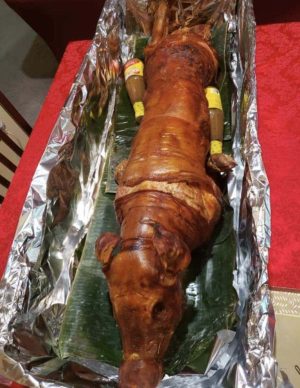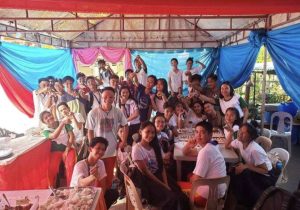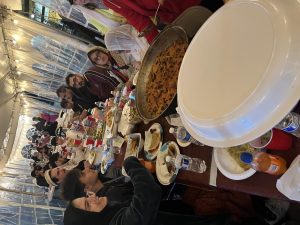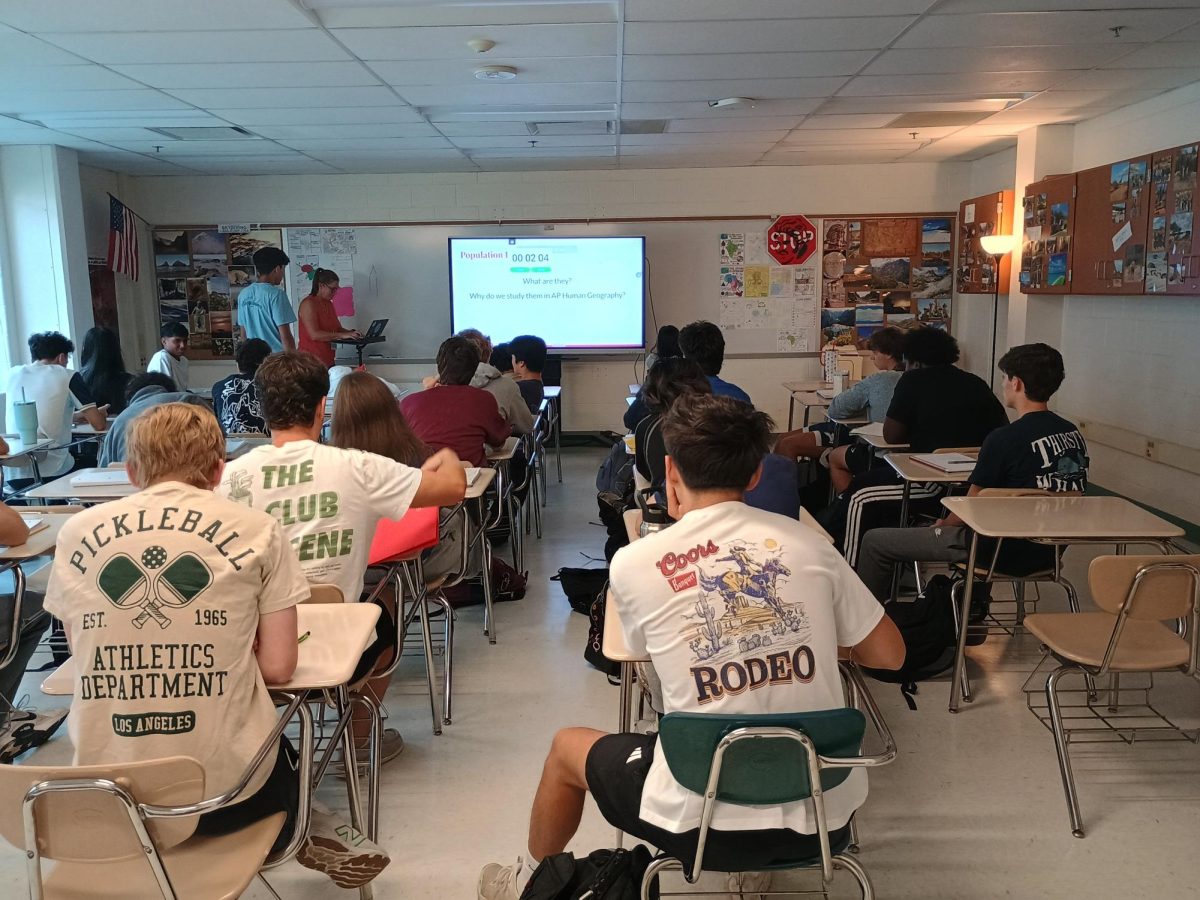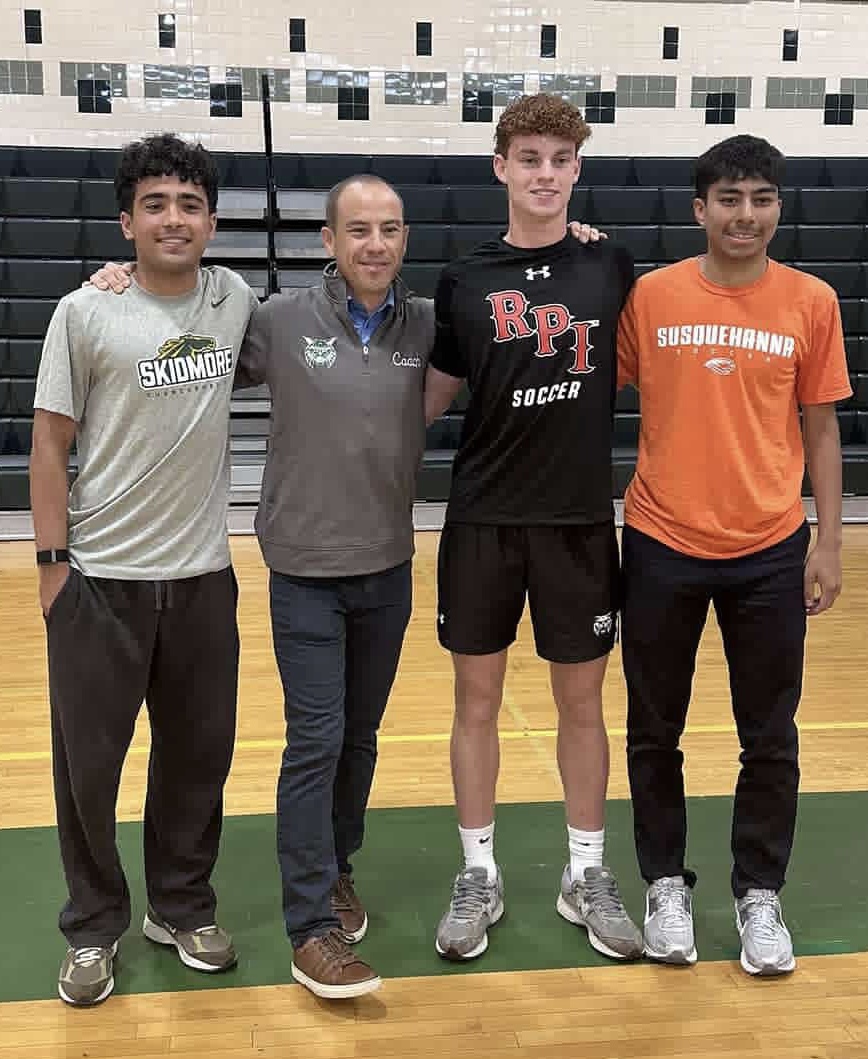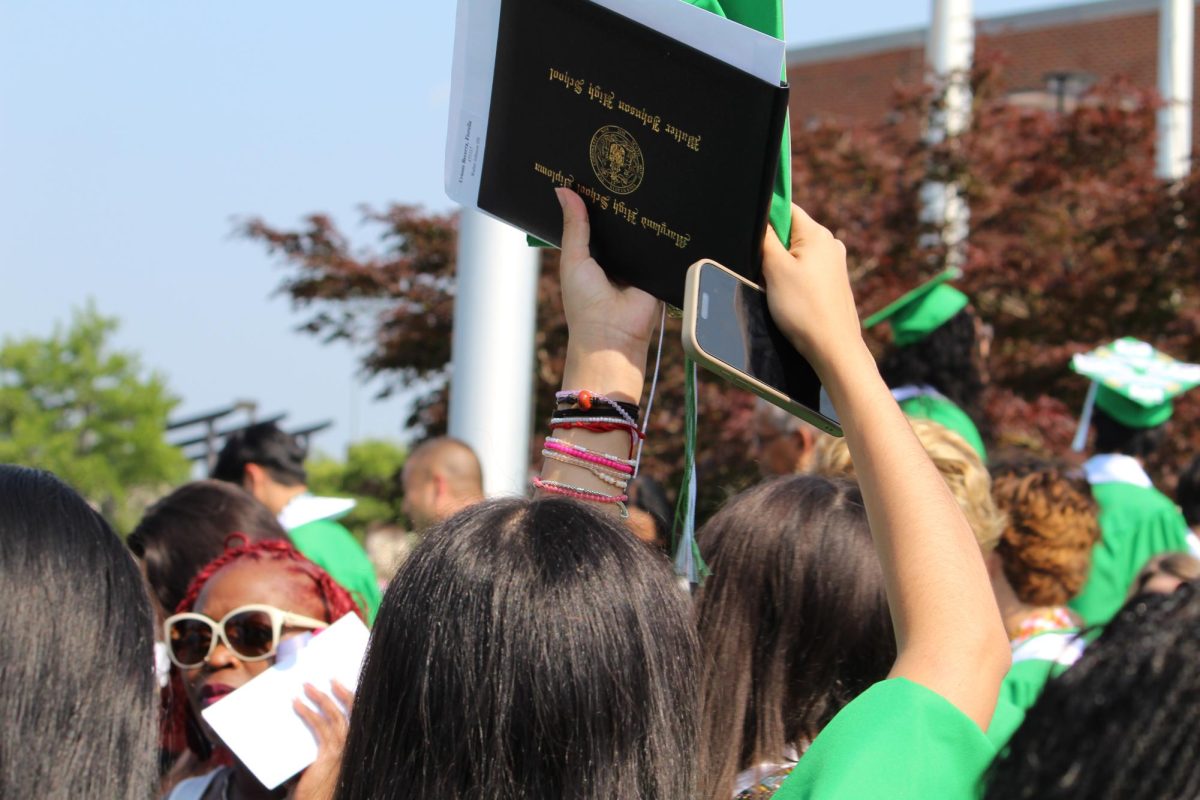On Dec. 31, beautiful human-sized dolls made of rags, newspaper, and wood scraps tower over the streets of Colombia in celebration of Ano Viejo. Then, at midnight, these creatively designed puppets are burned in representation of the passing year and a new beginning.
This tradition is only one depiction of the hundreds of cultures represented at WJ.
Sebastian Beltran
After living in Bogota, Colombia, for 14 years, senior Sebastian Beltran and his family moved to the United States. Living in Annapolis at the time, making friends seemed difficult for Beltran.
“It’s really hard to find Spanish speakers in Maryland because when I moved here, I went to Annapolis. So, in Annapolis there are no latinos there. So when I moved there, I saw a Salvadorian who was instantly my friend. Now, when I moved to Bethesda, in November of 2020, it [had] a big population of Colombians,” Beltran said.
As Beltran adjusted to the school environment in Maryland, he noticed both differences and similarities within the education system of Bethesda and Bogota.
“Something that’s similar now that I never thought would happen, is in Colombia, you see people bringing blades to school, knives to school. Here, it’s kind of the same. So there’s not much of a difference in terms of security, but education is way different. Public school is really bad in Colombia, while here it’s a good school. Parents in Colombia prefer to send their kids to a private school so they have a good education,” Beltran said.
With a large portion of the Colombian population being Catholic, there were often days without school due to religious holidays.
“In Colombia, we have too many holidays. We have many Mondays off from school. Colombia is considered a religious country, so they celebrate the virgin’s day, the saint day; [there are] so many saints. We have something called nativities, which is a Catholic tradition to pray and hang out with the family, and we do it for nine days,” Beltran said.
One of Beltran’s most memorable traditions is the celebration of Colombia’s independence on July 20.
“We went dancing to our Colombian restaurants. We throw Llatino parties with our friends, because I love to dance,” Beltran said.
“Also, I’m a huge soccer fan, so I watched [the] Colombian national team’s game. I [will] probably go to school with a Colombian jersey because I love soccer, and that’s how I feel close [to] my culture,” Beltran said.
Saima Waziri
Moving to a new country brings a plethora of culture shocks. For senior Saima Waziri, differences between American and Afghan cultures are most prominent within familial relationships.
“Family matters a lot. You have to put it above everything else. For us, everybody’s close. No matter how far you are, everybody’s close. We don’t disrespect our parents. My family is close with each other, but we don’t call [our] parents by their names; they would kill me,” Waziri said.
With her family, Waziri also takes part in both traditional and religious holidays.
“There’s three main holidays: there’s two Eids and then one Ramadan, which is a whole month where you fast. We have [a] new year. Some people celebrate it,; some people don’t. My family does, we call it Nowruz; it’s in March,” Waziri said.
One of the most beloved aspects of any culture is the food. Waziri’s favorite dishes include biryani, kabuli palaw, and aushak.
“Aushak is like a vegetarian version of dumpling, but Mantu is the meat version, but we don’t [use] pork,” Waziri said.
Renelyn Sabangan
After moving to the US from Luzon, Philippines, in 2019, senior Renelyn Sabangan found certain American social conventions shocking, compared to Filipino culture.
“It’s normal for them to have a boyfriend. In my country, if you are 13 years old or 24 years old, you’re studying. If you have a boyfriend, then you’re done with your parents. Filipino parents are so strict about romantic relationships. They want you to finish your school first before you enter a relationship. They think that if you enter a relationship, your whole life will be ruined, and you’ll get pregnant,” Sabangan said.
Like many East Asian countries, rice is a popular staple food of the Philippines. Sabangan eats rice with almost every meal.
“The fast food here [doesn’t] have rice. In the Philippines, all the fast food [restaurants] have rice. I’m so shocked that they don’t have rice in every fast food [restaurant] here,” Sabangan said.
Similarly, Sabangan, who speaks multiple Filipino dialects such as Tagalog, Pangasinan and Ilocano, found her adjustment to American schools difficult due to the language barrier.
“For me, it’s hard to socialize here because you need to speak English. You cannot talk to anyone here unless you speak English. But in my country, you can speak whatever you want. You can speak English, you can speak any dialect, they can understand you. But here, if you speak your own language, they cannot understand you,” Sabangan said.
For lunch, Sabangan often enjoys a bowl of rice and lechon, roast pig. She takes pride in her country’s traditional dishes, as well as its variety of sticky rice.
“There’s a lot of different types of sticky rice in the philippines. We have ‘biko,’ we have ‘suman,’ we have ‘sapin-sapin,’ we have ‘puto bumbong,’ we have ‘ginataang bilo-bilo.’ There’s a lot,” Sabangan said.
***
For the hundreds of international students who make up the school’s vast population, WJ has been a place where cultural differences are accepted and expressed freely.
“At the end of the day, I like it here. I have friends from around the world. I like to meet people from other countries, learn about [their] cultures,” Beltran said.



